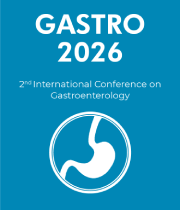Chemical Digestion
Chemical digestion is the process of breaking down food into smaller molecules that can be absorbed and used by the body. It is the process by which enzymes break down the complex molecules of proteins, carbohydrates, and fats into simpler molecules that can be used by the body to provide energy and nutrients. The process of chemical digestion begins in the mouth, where saliva helps to break down complex carbohydrates into simpler molecules. Saliva contains an enzyme known as salivary amylase, which breaks down starches and complex carbohydrates into smaller molecules. The food is then swallowed and passes through the esophagus to the stomach. The stomach is the major site of chemical digestion and contains hydrochloric acid and powerful digestive enzymes. These enzymes break down proteins and fats into small molecules, which are then absorbed by the small intestine. The small intestine is the main site of absorption, where most of the nutrients from food are absorbed into the bloodstream. Here, enzymes from the pancreas, small intestine, and liver work together to break down the molecules of food into their simplest form. The pancreas produces enzymes like proteases, which break down proteins, and lipases, which break down fats. The small intestine produces enzymes such as maltase, which breaks down carbohydrates, and sucrase, which breaks down sugars. The liver produces bile, which helps to break down fats. Once the food has been broken down into its simplest form, it can then be absorbed into the bloodstream and used by the body. Absorbed nutrients are used for energy, growth, and repair. Without chemical digestion, the body would not be able to absorb the nutrients it needs from food.



